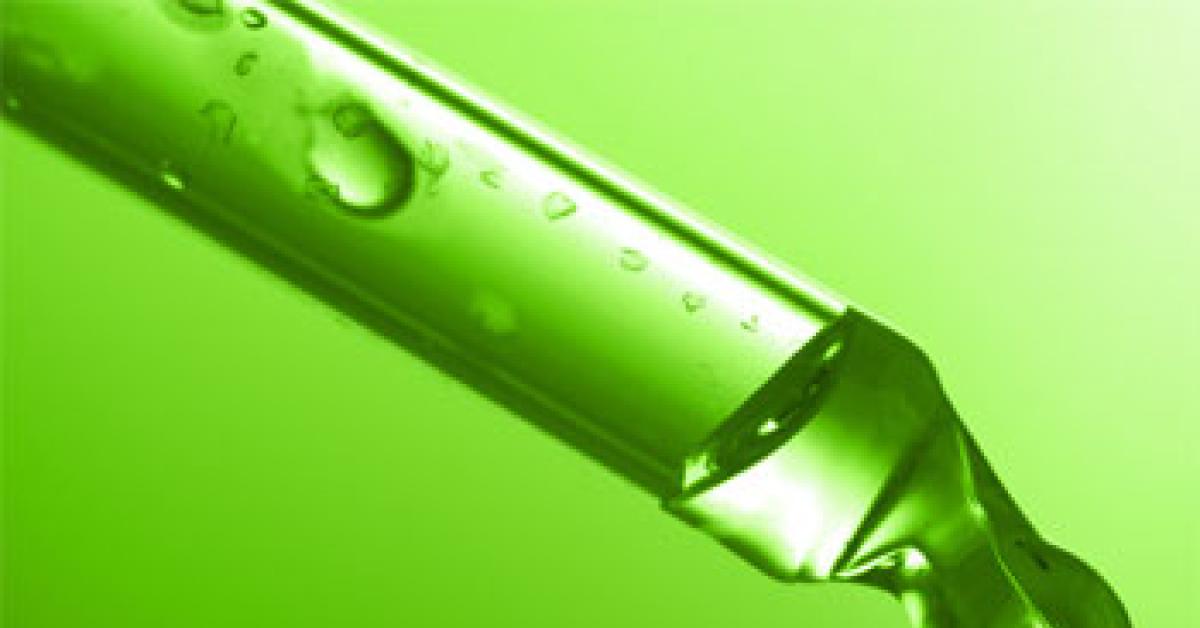CONCORD, N.C. — I have found that it is worthwhile to review the spotting basics from time to time. Without a reliable foundation, everything else contains unnecessary risk of failure or damage. But when information is applied through thought and effort, success is easily achieved.
CATEGORIES OF STAINS
Stains can be divided into four general categories: solvent-soluble, chemically soluble, water-soluble, and insoluble.
Solvent-soluble stains are those that will be totally removed by the solution used in the dry cleaning machine. As the number of choices for a cleaning solution has increased, the definition of a solvent-soluble stain has become a product of experience. With variations in chemical content comes a trade-off in the machine between being garment-friendly and being stain-aggressive. Typically, solvent-soluble stains come from light oils and greases that are uncontaminated with carbon or graphite.
The dry cleaning process cannot easily remove chemically soluble stains. They are primarily mineral/petroleum-based, and it would be best to pre-spot them on the dry side. Typically, chemically soluble stains are the result of exposure to heavy oils and greases, makeup, paint and nail polish.
Water-soluble stains require water to break down and remove them. These stains are further divided into tannin (plant-based) and protein (animal-based) categories. For complete removal, tannin stains usually require the application of a mild concentration of acid, protein stains the application of a mild concentration of alkali.
Always begin water-based stain removal by flushing the stain with steam over the vacuum nose of the spotting board. Follow with application of neutral synthetic detergent and light mechanical action over the solid portion of the board, then flush the stain over the vacuum nose once again. These simple steps will remove some of the stains completely, reduce the concentration of stain-causing material, and make further stain removal with the proper chemical tool easier and more effective.
Normal stain-removal techniques will not break down insoluble stains. Insoluble stains are characterized by oils and greases containing carbon from use, or the garment having come into contact with graphite. The most effective way to deal with an insoluble stain is by using lubrication and mechanical action. On the dry side, apply an oily-type paint remover (OTPR) and tamp the area. Maintain a “puddle” of OTPR to keep the insolubles in suspension and help flush them away. After the stain is removed, flush the area with a general pre-spotter/leveling agent, then dry clean as normal.
STAIN-REMOVAL TOOLS
The basic hand tools used in stain removal are the spotting board, the bone and the brush. It is important to keep these tools clean to prevent cross-contamination and even potential color damage.
The stain-removal specialist’s “office” is the steam spotting board. Chemical tools should be arranged for easy access and identification. This arrangement should remain consistent, thus speeding up the process and reducing the chance of grabbing the incorrect stain-removal agent. Wipe down the board’s surface between spotting jobs to prevent an unexpected pH color change and to prevent neutralizing some of your chemical tools.
The bone is used to apply mechanical action to a small area after applying a chemical tool. Use a flat side of the bone and work the area lightly. The bone is notfor “digging out” the stain; the angle allows you to hold the bone in a comfortable position. The bone/scraper is capable of inflicting a great deal of damage if used improperly: applying too much pressure, using the point, or rubbing wet silk. Be gentle. It is safer to tread lightly and repeat the process twice; it only takes a few extra seconds.
You should have at least two brushes, one white (wet side) and one black (dry side). One “brush” that is available is actually a pad on a handle, which is an excellent tool for working on sheer and silk garments. Store your brushes bristles down to allow water and chemicals to drain away from the wood. This will prolong their usable life. Always use a light, quick tamping motion when using a brush. Striking the fabric at an angle may cause yarn slippage and distortion.
There are several tools that often go overlooked but make the job of stain removal easier and more effective. Proper lighting is essential to getting the job done. Suspend at least two 48-inch “daylight” fluorescent tubes 4 to 6 feet above the spotting board. Anti-fatigue matting pays dividends by reducing stress on knees and ankles while standing in one place.
The best stain-removal tools are knowledge and effort. Learn all you can about fibers, fabrics, dyes and trim. It is your job to know more about garment care than the consumer. Many times, a stain can be removed by putting forth effort that your competitor is unwilling or unable to give the customer.
Have a question or comment? E-mail our editor Dave Davis at [email protected].

